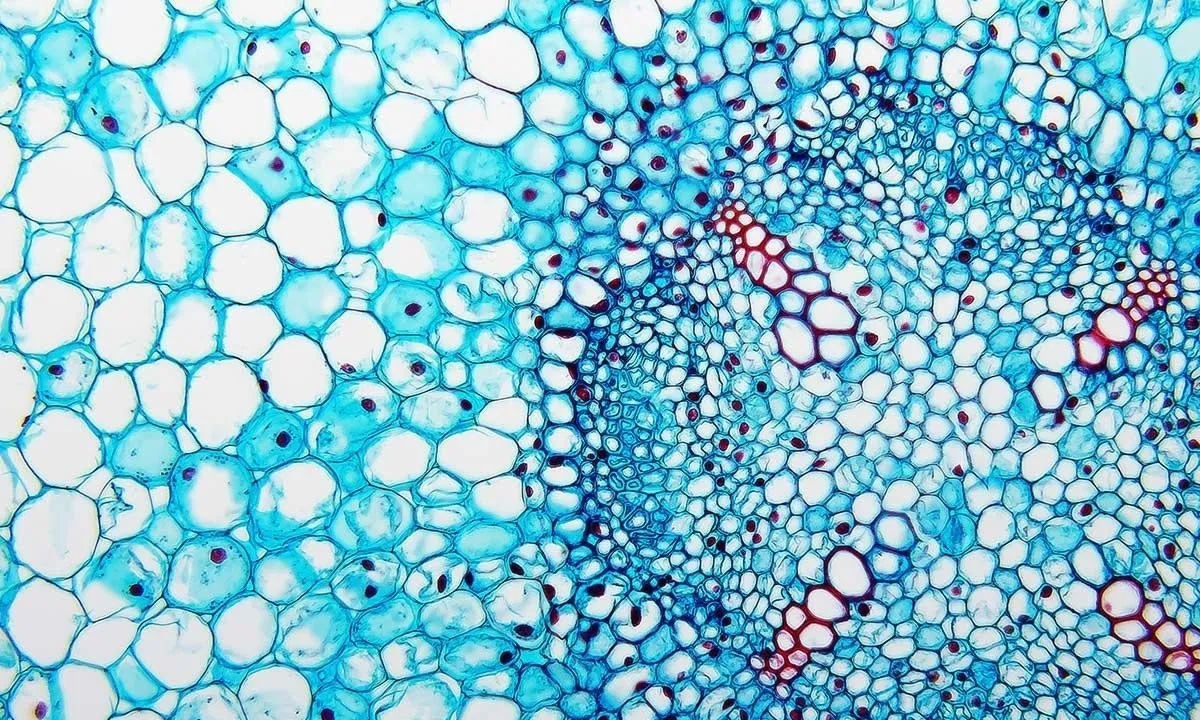
Protists: Evolution and Ecology of Microbial Eukaryotes 
This course explores the evolution and ecology of microbial eukaryotes, commonly known as protists. Through a comprehensive study of protistan diversity, major steps of eukaryotic evolution will be identified and phylogenetic affinities will be tracked to gain insight into the tree of eukaryotic life. ▼
ADVERTISEMENT
Course Feature
![]() Cost:
Cost:
Free
![]() Provider:
Provider:
Coursera
![]() Certificate:
Certificate:
Paid Certification
![]() Language:
Language:
English
![]() Start Date:
Start Date:
28th Feb, 2022
Course Overview
❗The content presented here is sourced directly from Coursera platform. For comprehensive course details, including enrollment information, simply click on the 'Go to class' link on our website.
Updated in [March 06th, 2023]
This course provides an overview of the evolution and ecology of microbial eukaryotes, commonly known as protists. Students will learn about the major steps of eukaryotic evolution and how protistan lineages are related to each other. They will also explore the complexity of protistan cells and how they are able to sense, move, feed, and repulse an attack on their own. Additionally, students will learn about how protists interact with the environment and manage to be successful. The course is divided into six modules, covering topics such as flagellates, sarcodines and slime molds, ciliates, apicomplexans and microsporidians, and the modern phylogeny. There is an optional on-campus extension, where students will have one week of practical exercises in the lab, using light microscopy to observe and document live specimens and fixed mounts of various protists.
[Applications]
The application of this course can be seen in many areas. Students can use the knowledge gained from this course to understand the diversity of protists and their role in the environment. They can also use the knowledge to understand the evolutionary history of protists and how they interact with other organisms. Additionally, the practical exercises in the lab can help students gain hands-on experience in observing and documenting protists. This can be useful for students who are interested in pursuing a career in the field of microbiology.
[Career Paths]
1. Microbiologist: Microbiologists study the growth, structure, development, and other characteristics of microscopic organisms such as bacteria, algae, and fungi. They use a variety of techniques, including molecular biology, genetics, and biochemistry, to study the behavior and interactions of these organisms. Microbiologists are in high demand in the medical, pharmaceutical, and biotechnology industries, and the field is expected to grow significantly in the coming years.
2. Environmental Scientist: Environmental scientists study the effects of human activities on the environment, and develop strategies to protect and restore ecosystems. They use a variety of techniques, including field studies, laboratory experiments, and computer modeling, to analyze the impact of human activities on the environment. Environmental scientists are in high demand in the public and private sectors, and the field is expected to grow significantly in the coming years.
3. Aquatic Biologist: Aquatic biologists study the ecology and behavior of aquatic organisms, such as fish, amphibians, and invertebrates. They use a variety of techniques, including field studies, laboratory experiments, and computer modeling, to analyze the impact of human activities on aquatic ecosystems. Aquatic biologists are in high demand in the public and private sectors, and the field is expected to grow significantly in the coming years.
4. Marine Biologist: Marine biologists study the ecology and behavior of marine organisms, such as fish, mammals, and invertebrates. They use a variety of techniques, including field studies, laboratory experiments, and computer modeling, to analyze the impact of human activities on marine ecosystems. Marine biologists are in high demand in the public and private sectors, and the field is expected to grow significantly in the coming years.
[Education Paths]
Recommended Degree Paths:
1. Bachelor of Science in Microbiology: This degree program provides students with a comprehensive understanding of the structure, function, and behavior of microorganisms. Students learn about the role of microorganisms in the environment, the impact of microorganisms on human health, and the use of microorganisms in biotechnology. This degree program also covers topics such as genetics, biochemistry, and molecular biology. As the field of microbiology continues to evolve, this degree program is becoming increasingly important for those interested in pursuing a career in the field.
2. Master of Science in Microbial Ecology: This degree program focuses on the study of the interactions between microorganisms and their environment. Students learn about the role of microorganisms in the environment, the impact of microorganisms on human health, and the use of microorganisms in biotechnology. This degree program also covers topics such as genetics, biochemistry, and molecular biology. As the field of microbial ecology continues to evolve, this degree program is becoming increasingly important for those interested in pursuing a career in the field.
3. Doctor of Philosophy in Microbial Evolution: This degree program focuses on the study of the evolution of microorganisms. Students learn about the role of microorganisms in the environment, the impact of microorganisms on human health, and the use of microorganisms in biotechnology. This degree program also covers topics such as genetics, biochemistry, and molecular biology. As the field of microbial evolution continues to evolve, this degree program is becoming increasingly important for those interested in pursuing a career in the field.
4. Doctor of Philosophy in Microbial Pathogenesis: This degree program focuses on the study of the pathogenesis of microorganisms. Students learn about the role of microorganisms in the environment, the impact of microorganisms on human health, and the use of microorganisms in biotechnology. This degree program also covers topics such as genetics, biochemistry, and molecular biology. As the field of microbial pathogenesis continues to evolve, this degree program is becoming increasingly important for those interested in pursuing a career in the field.
Course Provider

Provider Coursera's Stats at AZClass
Discussion and Reviews
0.0 (Based on 0 reviews)
Explore Similar Online Courses

COVID-19: Psychological First Aid Training Course

Vuejs Fast Crash Course

Python for Informatics: Exploring Information

Social Network Analysis

Introduction to Systematic Review and Meta-Analysis

The Analytics Edge

DCO042 - Python For Informatics

Causal Diagrams: Draw Your Assumptions Before Your Conclusions

Whole genome sequencing of bacterial genomes - tools and applications

South Asian Religions & Ecology

MGPE-014: Gandhi: Ecology and Sustainable Development


Start your review of Protists: Evolution and Ecology of Microbial Eukaryotes